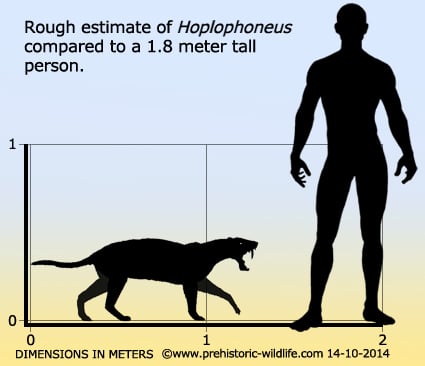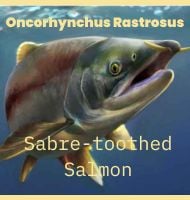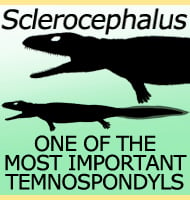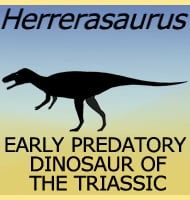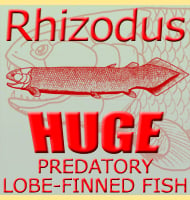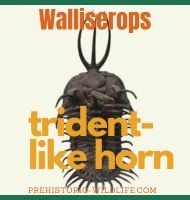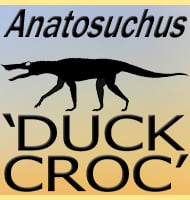In Depth
Originally known as Drepanodon, fossils of this mammal were renamed Hoplophoneus by Edward Drinker Cope in 1874. Although resembling a big cat, Hoplophoneus was actually one of the nimravids, more popularly known as the ‘false sabre-toothed cats’. Nimravids were descended from an early off shoot of the carnivora and were actively hunting long before the emergence of the true cats of the Felidae.
Nimravids seem to have anticipated the later sabre-toothed cats like Machairodus and Smilodon since many also have enlarged sabre-like canine teeth in the upper jaw. Like with many of its relations, Hoplophoneus also had two flanges of bone that grew downwards from the lower jaw. These gave extra support and protection to the canines because when the mouth was closed the tips of the upper canines extended well beyond the lower jaw.
The relatively short legs of Hoplophoneus indicate that it could accelerate to top running speed very quickly, but would also have its top speed limited because its legs could not cover as much ground with every stride. For this reason Hoplophoneus is seen as an ambush hunter that would lie within the cover of the undergrowth before exploding out and chasing down prey animals before they had time to react and run away. Likely prey could have included primitive horses such as Mesohippus that were not only much smaller than modern forms, but were also browsers of vegetation (horses would not start switching to become grazers of grass until later). This would place Hoplophoneus in a prime vantage point for striking at prey since ultimately prey would have to come to the areas where it was hiding in order to feed.
Further Reading
– The Mammalian Fauna of the White River Oligocene: Part I. Insectivora and Carnivora. – Transactions of the American Philosophical Society 28(1):1-153 – W. B. Scott & G. L. Jepsen – 1936. – Phylogeny of early Tertiary Carnivora, with a description of a new species of Protictis from the middle Eocene of northwestern Wyoming. – American Museum Novitates 2725:1-64. – J. H. Flynn & H. Galiano – 1982. – Discovery, in the Oligocene of South Dakota, of Eusmilus, a Genus of Sabre-toothed Cats New to North America. – The American Naturalist 29(348):1091-1093. – J. B. Hatcher – 1985. – A new miniature saber-toothed nimravid from the Oligocene of Nebraska. – Annales Zoologici Fennici 28:341-348. – L. D. Martin – 1992. – Taxonomic and systematic revisions to the North American Nimravidae (Mammalia, Carnivora). – PeerJ – P. Z. Barrett – 2016.
